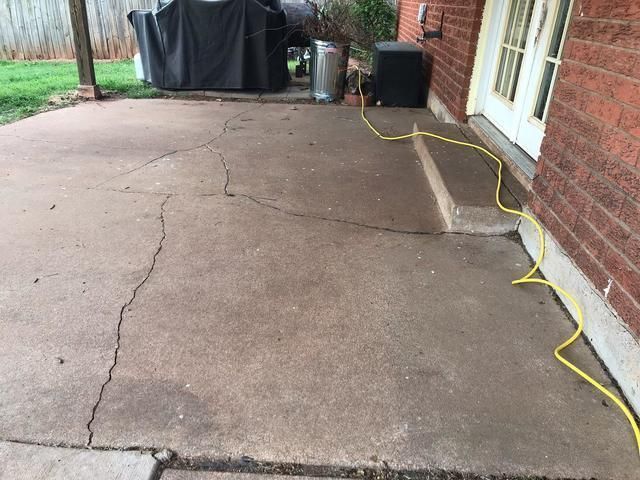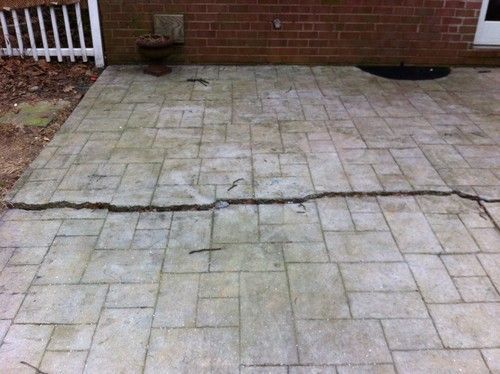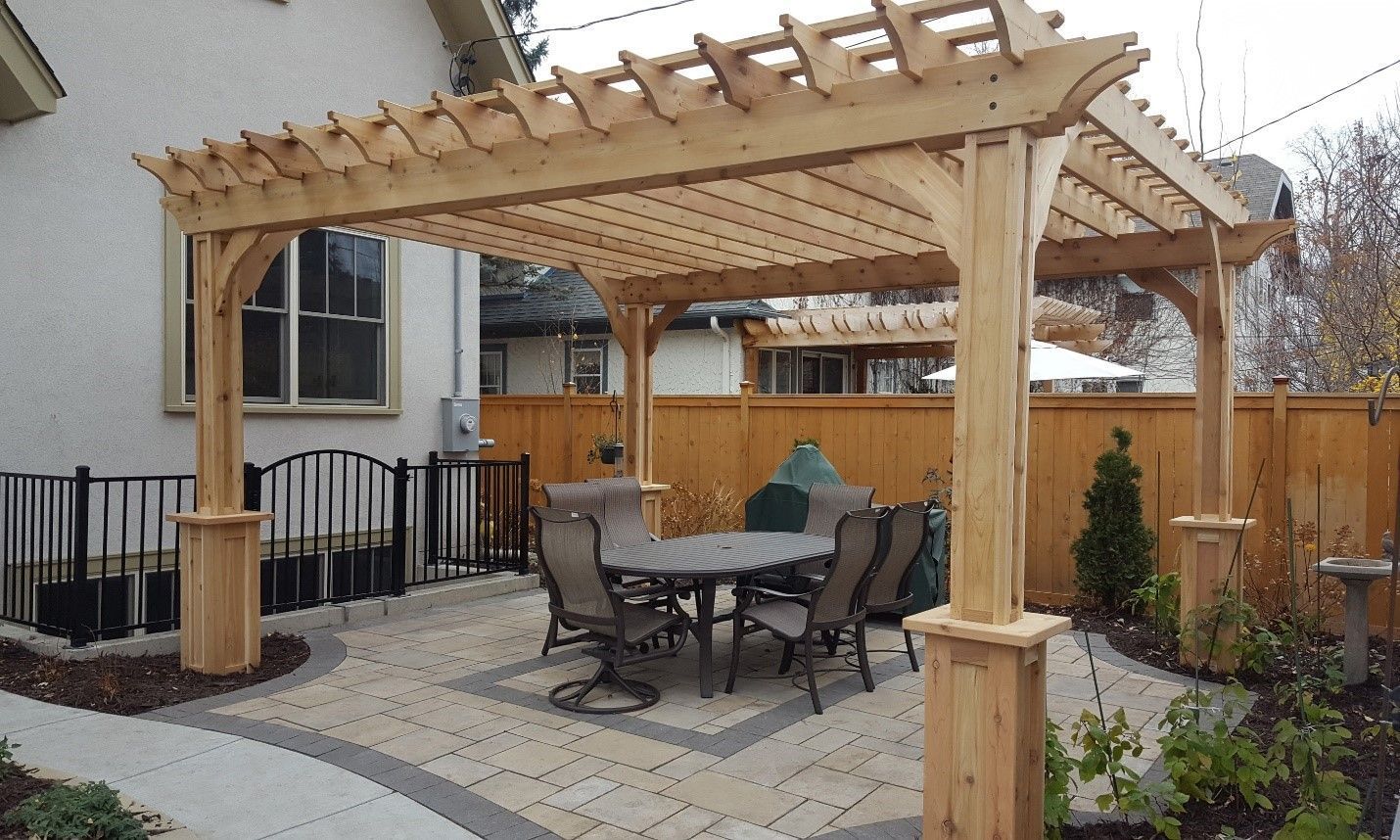Benefits of Using Pavers vs. Concrete for Building a Patio in MN
Most Minneapolis home owners would agree that a well-designed patio or walkway using decorative pavers, looks much nicer than a plain concrete patio. Standard / Natural brushed concrete can have a clean utilitarian look when new, but visually it’s pretty bland. It can feel a little cold as a patio surface material and certainly would not be most people’s first choice to use for their outdoor living space.
The primary benefit of using plain concrete is that it’s less expensive per square foot installed than pavers or stamped concrete. However, once you start getting into stamped and colored concrete the additional costs incurred by adding textures, colors, and finishes makes the cost of stamped concrete around the same price points as pavers, without the benefit of never cracking that you’d get with pavers.
Problems with Using Concrete for a Patio in Minnesota
There’s Concrete that’s Cracked and Concrete That’s going to Crack
Concrete Staining Issues
Sealing concrete every 2-3 years can help reduce staining, but honestly, nobody ever does it. The entire surface would require cleaning/scrubbing with a brush and cleaning solution, then power washing, allowing time for complete drying then application of a sealant. In our experience, it’s just not practical for homeowners to keep up with that every couple of years.
Cracking is the #1 Problem with Concrete Patios in MN

There are ways to reduce the risk of patio cracking from freeze thaw damage, KG Landscape does offer outdoor drainage solutions that will help prevent Frost Heave Damage to Patios using Drain Tile or French Drains.
Replaced Sections of Concrete Will Not Match the Color of the Existing Sections
Stamped Concrete is Not the Best Patio Material for MN

Stamped concrete is used to mimic the look or real pavers, tile, or brick at a lower cost.
Stamped Concrete is More Practical for Use in Warmer Southern Climates than Here in MN
There several other drawbacks to stamped concrete.
Cracking in stamped concrete also stands out far more visually in compassion to cracks in natural uncolored concrete, because the interior color of colored concrete is different from the surface color/finish. It’s also very difficult to attempt to custom mix a similar color for crack repairs in stamped concrete. Sawcut joints/seams also cut though the pattern, which can be quite noticeable.
Pros and Cons of Using Pavers for a Patio Space in MN

1) Paver patios do not crack. Because paver patios, unlike poured concrete patios, are made using hundreds of individual pieces of stone/pavers, they move and shift independently with small shifts in the soil that are caused by freezing and expanding. When the soil thaws, pavers can shift back again without ever cracking, eliminating the chances for damage.
2 )If a professionally installed paver patio were ever to shift out of place or become uneven after many years, then a plate compactor can be run over the top of the pavers to completely re-level them with very minimal cost and effort.
3)Pavers provide a more unique and authentic look for a patio. Pavers can be found in a wide variety of patterns, sizes, textures and color blends. Including, those with traditional appeal to those with much larger and more modern sizes and style types, including multipiece stone patterns.
Pavers can be used in a multitude of ways to create a unique and interesting outdoor space. Accent borders, also called a soldier or sailor course, add a ton of depth and visual interest. Inlays and contrasting patterns, or even use of several stone types can be used to define spaces and allow for endless design possibilities.
Pavers can also be used to build steps and landings allowing several types of hard surface spaces to match within the landscape. Visit the patio page on our website for a lot more info.
Do Weeds Grow in Paver Seams?
It is long lasting, highly resistant to erosion, extremely durable, doesn’t decompose, comes in a rich variety of colors, and does not crack because it rehardens after wetting. It’s pretty cool stuff!
Will Pavers Sink or Become Wavy and Uneven Overtime?
1) The pavers were not installed correctly by a qualified professional company
2) Whoever installed those pavers did not properly address an outdoor drainage issue that has since caused erosion or settling issues
3) Or that those pavers were installed well over 30 years ago.
- Heavily compacted sub-soil, using a vibratory plate compacto
- Geotextile fabric installed above the sub-soil
- 5-6” of compacted class 5 or class 2 base material below the patio
- 1” of setting sand or fine crushed rock
- A ¼” per foot slope in the patio to drain water off of the paver surface
- Snap edging or other type secure perimeter border preventing paver moment
KG Landscape is one of the Best Patio Design and Installation Companies in the Twin Cities
We Recommend Using Pavers or Natural Stone for Patios Here in Minnesota
Do you still have questions, or are you looking to tackle a patio design or any other landscape design service soon?










